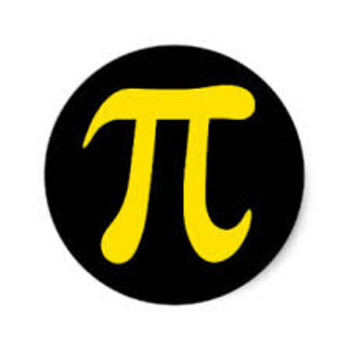.
x^2+8x-25=0
To solve for x, you use the quadratic formula which is:
for a quadratic equation of general form:
ax^2+bx+c=0
x=(-b+-sqrt(b^2-4ac))/(2a)
Here, a=1, b=8, and c=-25
Therefore,
x=(-8+-sqrt(8^2-4(1)(-25)))/(2(1))=(-8+-sqrt(64+100))/2
x=(-8+-sqrt164)/2=(-8+-sqrt(4(41)))/2=(-8+-2sqrt41)/2
x=(cancelcolor(red)2(-4+-sqrt41))/cancelcolor(red)2=-4+-sqrt41
Answers to other problems:
A)., y=3(x-1)^2
From: (a-b)^2=a^2-2ab+b^2, our a=x, and b=1), we have:
y=3(x^2-2x+1)
y=3x^2-6x+3
B)., y=2(x-3)(x+4)
y=2(x^2+4x-3x-12)=2(x^2+x-12)
y=2x^2+2x-24
A)., y=6(x-7)^2-2
This equation is in the vertex form:
y=a(x-h)^2+k where the coordinates of the vertex are (h,k)
Out h=7, and k=-2, therefore, vertex is (7,-2)
B). y=-1/2(x+10)²-12
Vertex is (-10,-12)


